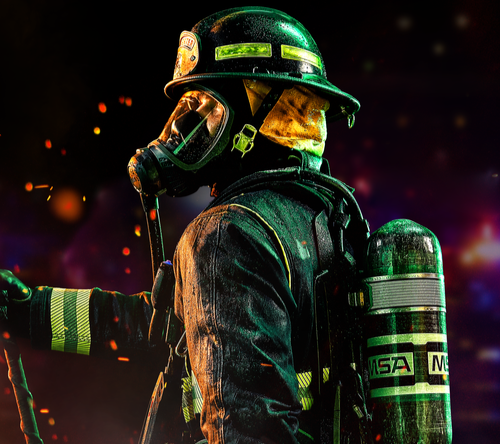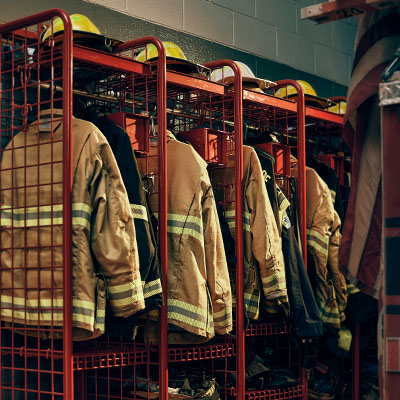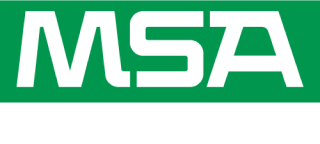
By Patricia Freeman, Technical Services Manager, Globe Manufacturing Company
Proper cleaning, maintenance, and storage of protective clothing are essential to improving firefighter health and safety. The following requirements are per NFPA 1851, Standard on Selection, Care and Maintenance of Protective Ensembles for Structural Fire Fighting and Proximity Fire Fighting, 2014 Edition. It should be noted that this standard is a comprehensive user document, and all fire personnel should read it to get a fuller picture of PPE cleaning, maintenance, and storage.
The proper way to perform advanced cleaning (machine washing)
- Front loading washing machines (aka extractors) are preferable.
- Do not overload the machine.
- Pre-treat heavily soiled or spotted areas. Do not use chlorine bleach, chlorinated solvents, active-ingredient cleaning agents, or solvents without element manufacturer’s approval.
- Separate outer shells from liners, remove drag rescue devices and suspenders, and wash independently.
- Turn the liner system inside out.
- All closures (zippers, hook and D-rings, plush and loop) must be fastened prior to laundering.
- Water temperature should not exceed 105 degrees F.
- Use mild detergent (pH factor of 6.0 to 10.5), as indicated on safety data sheet or product container.
- Adjust the washing machine so that the g-force does not exceed 100 g (follow machine manufacturer instructions for proper setting or program selection).
- Inspect after cleaning and rewash if necessary.
- If the machine is also used to launder items other than protective ensemble elements, the machine must be rinsed out by running the machine without a laundry load through a complete cycle with detergent and filled to the maximum level with water at a temperature of 120°F to 125°F.
- Dry in an area with good ventilation; do NOT dry in direct sunlight.
- Ensure that all closures are fastened prior to drying.
- If machine drying, do not overload capacity of machine; use “no heat” or “air dry only” option.
- If machine drying, basket temperature should not exceed 105°F.
The proper way to store gear
- Store in a clean, dry, well-ventilated area.
- Elements must be clean and dry before storage.
- Store away from direct sunlight or any UV-producing lights.
- Do not store in temperatures above 82° degrees F or below -32°F.
- Do not store in vehicle trunks, unless protected by a gear bag or other covering.
- Do not store in airtight containers, unless new and unused.
- Do not store in contact with oils, solvent, acids, alkalis, or other contaminants.
- Do not store in personal lockers or living quarters.
- Proximity elements shall be stored by hanging to limit damage caused by creasing or folding.
The proper way to maintain gear
- Gear should be routinely inspected after each use, by the wearer, looking for any signs of damage. If any type of damage, discoloration, or degradation is present, the garment should be forwarded to the safety officer or other authority having jurisdiction for further assessment.
- NFPA 1851 requires any field repairs to be performed by the original manufacturer, a verified independent service provider (ISP), or a member of the department who has had the required level of training.
- All repairs shall be done in like manner as manufacturer using NFPA-compliant materials.
- Basic repairs shall be limited to the following: patching of minor tears, char marks, and ember burns; repairing of skipped, broken, and missing stitches; replacement of missing hardware, excluding hardware that is part of positive closure system; reclosing of the liner of a garment after complete liner inspection.
- When performing repairs, remove the liner system from the outer shell to avoid accidental damage.
- Repairs must be made to all layers of the garment that have been damaged. If there is a tear or burn in the outer shell, check the thermal liner and moisture barrier to make sure these layers were not affected.
- Patches shall be limited to a maximum 160 cm2 (25 in2). The finished edges of patch shall extend at least 1 inch in all directions beyond the damaged area, with no raw edges on the patch to prevent fraying. A patch should be large enough to allow for turning under all edges at least a half- inch on each side.
- Where installing a patch to the outer shell, it is recommended that the interior of the fabric be patched as well to prevent further damage from washing and general wear.
- If replacing trim or covering trim with an option, any covered trim must be replaced unless otherwise indicated by the manufacturer [of the trim]. Trim patches must not exceed 3 inches in length and must extend 1 inch beyond the damaged area, with a maximum of 2 patches per trim stripe allowed.
- No repair shall result in a reduction of the minimum required visibility pattern specified in the standard.
- Re-stitching more than 1 inch of an outer shell Major A seam, or a thermal liner Major B seam, requires consulting the manufacturer.
- Repairs to moisture barrier seams require consulting the manufacturer.
- Patches to the moisture barrier must extend at least ½” in all directions beyond the edge of the damage. If the barrier has damage measuring more than ½” or a tear larger than 3” in length, a patch consisting of the same moisture barrier fabric shall be used for repair, unless otherwise indicated by the manufacturer.
- Replacement of entire component layers shall only be undertaken by the manufacturer.
- Manufacturer should always be consulted if unsure of the complexity of the repair.
In sum
PPE is a critical line of defense against the dangerous environment in which you perform your duties. Keeping your gear clean, well maintained, and properly stored, contributes to your health and safety.







